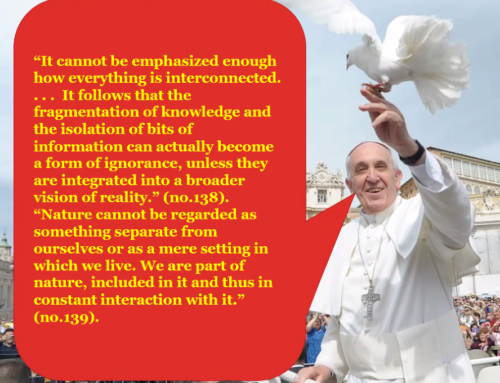Vertical hierarchy and the invariance principle in four models of consciousness/spirituality
Jean Catherine MacPhail (Sister Gayatriprana)
Abstract
This paper is an invitation to recognize the connecting links between four different models of spirituality or consciousness, ranging from contemporary physics to emerging integral thinking, and to see how such links serve to expand and deepen our notions of what spirituality/consciousness actually is and how it functions in various levels of human endeavour, including clinical practice. I pinpoint and discuss an emerging six-point model of spirituality in the contemporary world of health care as presented in issue 6.2 of Journal for the Study of Spirituality. With a view to relating it to its historical precedents and other disciplines that may be thought at the moment to be irrelevant, tangential or even hostile to it, I point to the Western and East Indian traditions of a stepwise, hierarchical approach to spirituality or consciousness. I go on to study three contemporary vertical models in tandem – one from physics, another from consciousness studies, and the third from integral spirituality – to illustrate not only the basic structure of the model but also the invariance principle, which states that models related to the same core structure can be related to each other despite their lack of the same descriptive language. My intention is to make it easier for the health care community and others to recognize a possible relationship between their own preferred models and those in disciplines that may not currently appear cognate, as well as to enrich and further define themselves with what is offered in those disciplines.
Introduction
This article stems from my participation in the Fourth International Conference of the British Association for the Study of Spirituality (BASS) in May 2016 where it was evident that many people have interests in introducing and developing spirituality in medical care and practice. However, the question – what is spirituality? – seems to be as yet unanswered in a definite way, though the model of Kang (2003, 92-103) provides a pragmatic starting point which has been taken up by a number of BASS authors and applied to their particular fields (Journal for the Study of Spirituality 2016, Vol. 6, No 2, pp. 79, 91, 107). Within the field of occupational therapy Kang has proposed a six-dimensional Psychospiritual Integration Framework (PSI): becoming, meaning, being, centeredness, connectedness, and transcendence. This struck me as a series of ontological levels of how we move from our habitual identity with our bodies (becoming) and the material world through various stages of interior identity, and from there to a sense of connectedness with others and the world, and ultimately to an understanding that underneath the whole show is a reality that totally transcends and also permeates all of the preceding.
In utilizing this model, BASS authors exemplify its meaning in their description of their various fields, thereby necessarily utilizing different nomenclature, but nevertheless retaining the sense of progression. These models presuppose that the experienced, ‘interior’ world of humanity – usually thought of as the focus of spirituality, whatever nomenclature is used to designate it – is real, valid, and accessible. This position is not shared on the whole by the contemporary academy, strongly influenced by our dominant, highly conceptualized, scientistic mindset, based on the assumption that only the physical world is real, and other ‘worlds’ are mere epiphenomena of little or no consequence. By thus dismissing the interior worlds of the human psyche, scientism can afford to ignore them and is not bound at all to find nomenclature for them, nor a model that in any way studies their phenomenology and interrelationship to each other. For those of us immersed in, or who feel some obligation to, scientism, it is therefore somewhat of a challenge to discover or accept any model that presents a range of interior, experiential possibilities rather than one single ‘defining’, conceptual definition.

